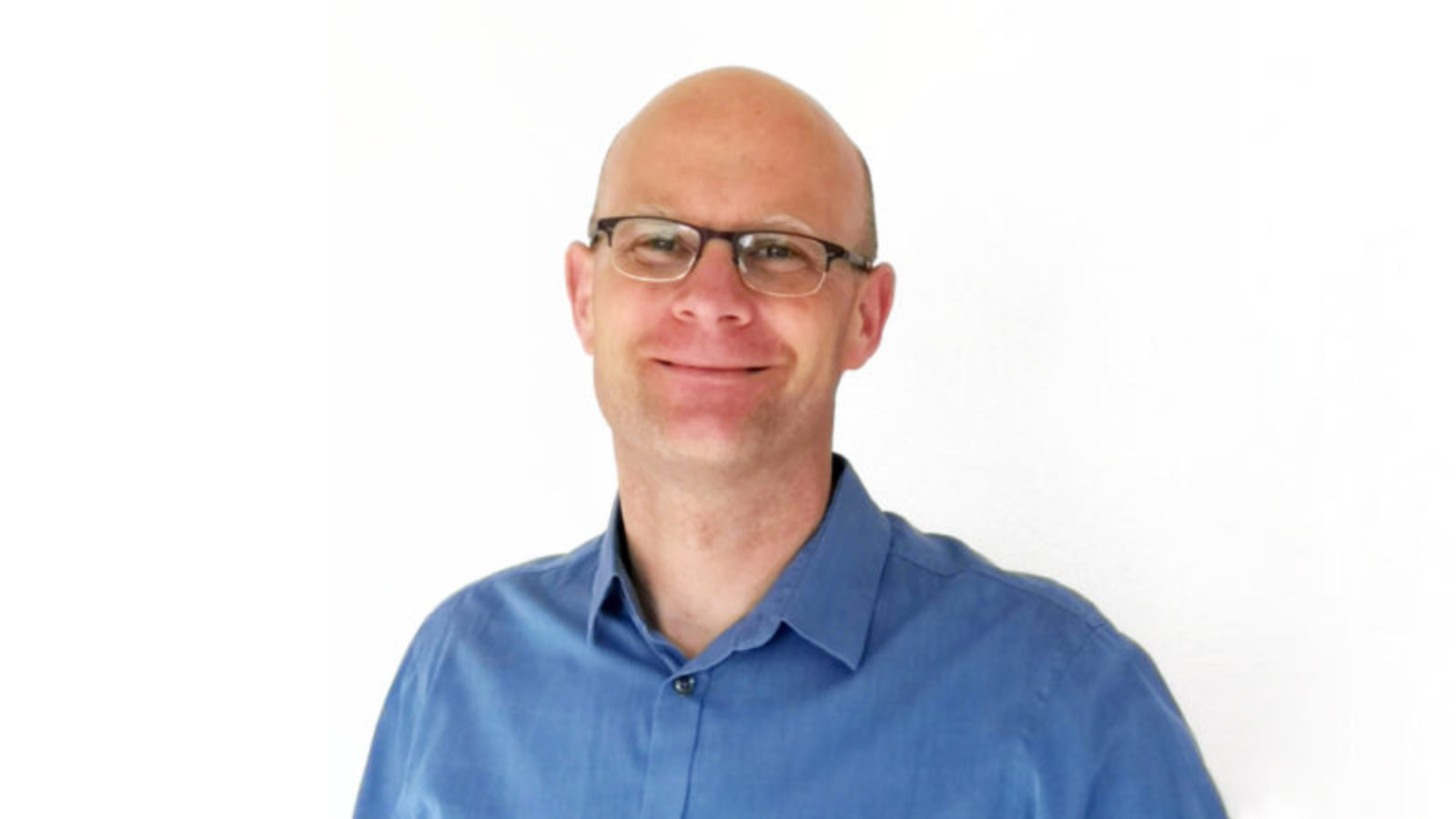
Rotate your tablet
for a better experience


Rotate your tablet
for a better experience

Meet an expert who develops propulsion solutions for future launchers
Sebastian Soller has a PhD in aerospace engineering with works on experimental investigation of engine injectors for liquid propulsion launchers. He joined ArianeGroup (then Astrium) in 2007 as test engineer. Focusing on systems engineering after 2012, he became project manager and systems engineer for R&D liquid propulsion projects at ArianeGroup.
I oversee R&D projects and assess the feasibility of future technologies for our liquid propulsion engines (Vulcain®2.1, Vinci, Prometheus®, Berta). For example, we are currently developing a laser ignition system that could easily be used on all types of engines. We also study the material properties of different copper alloys, the material that the Vinci and Vulcain engine combustion chambers are made of.
The results from prior R&T studies are used for engine design and manufacturing processes. We also provide data that improves simulation models during the design stage. In addition, the manufacturing teams use the results of our additive manufacturing studies to improve the robustness of the manufacturing process.
First, it depends on what the launcher’s mission is. To what orbit will it deliver its payload? Are multiple ignitions required? According to mission specifications, we then determine an ideal propulsion system, and engine requirements: operating time, thrust, size in order to fit the launcher, etc.
3D printing (or additive manufacturing) makes it possible to skip certain steps in the manufacturing process and to produce more complex designs, without incurring additional cost. Since it is a relatively recent manufacturing technology, it raises a myriad of questions. That is what makes the topic so fascinating for engineers, whether they specialize in design, materials science or manufacturing.
Plastic 3D printing is used for prototyping or for parts that do not need to withstand high temperatures or strain. Metal printing is more complex. It requires knowledge of alloy powder composition, printing strategies, subsequent thermal processing and cleaning, etc.
Prometheus® aims to significantly reduce production costs, as well as to demonstrate that it is possible to reuse the equipment several times. All components need to be designed for longer life cycles and longer intervals between launches. Ignition systems must be able to operate in varying conditions throughout the mission and upon return to Earth.
Additive manufacturing can help reduce costs. It is crucial, however, to take into account the complexity of individual components so as not to jeopardize their robustness and reliability by adding too many functionalities. Engine monitoring and control are also key in order to effectively respond to any reduced performance of sub-systems.
It is an opportunity for us to present our work to a wider and more diverse audience than during scientific conventions. I like to spark interest in engineering and research. ‘Pint of Science’ is a great way to connect with young generations, perhaps even scientists and engineers of the future, and to show them how interesting our field of work is.

Thank you for your answers, Sebastian!
Remember, you can submit questions to our experts on our social media accounts: use #AskAnEngineer. What kind of specialist would you like to hear from next time?